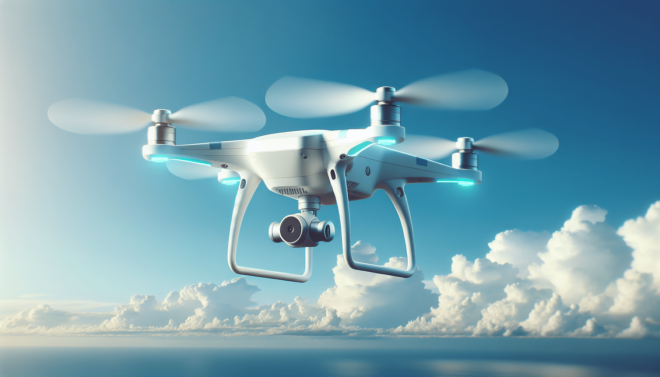How do I avoid interfering with other drones?
Understanding the Basics of Drone Interference
When flying drones, it is crucial to understand the potential for interference with other drones. Interference can lead to accidents, collisions, or even legal issues. In this article, we will discuss the importance of avoiding interference with other drones and provide you with tips on how to do so effectively.
What Causes Drone Interference?
Drone interference can be caused by a variety of factors, including radio frequency (RF) interference, magnetic interference, physical obstacles, and human error. RF interference occurs when two or more drones operate on the same frequency, leading to signal disruption and loss of control. Magnetic interference can occur near power lines or metal structures, affecting the drone’s navigation systems. Physical obstacles such as buildings or trees can also disrupt the drone’s signal. Understanding these factors is essential in preventing interference with other drones.
Tips for Avoiding Interference with Other Drones
Now that you understand the basics of drone interference, let’s explore some practical tips to help you avoid interfering with other drones effectively.
Choose the Right Frequency
One of the best ways to avoid interfering with other drones is to choose the right frequency for your drone. Make sure to check the frequency bands that other drones in the area are using and select a frequency that is different to minimize the risk of interference. Additionally, avoid using crowded frequency bands to reduce the chances of signal disruption.
Keep a Safe Distance
Maintaining a safe distance from other drones is crucial in preventing interference. Flying too close to another drone increases the risk of signal interference and collisions. Make sure to stay at least 50 feet away from other drones to ensure a safe and interference-free flight.
Fly in Designated Areas
Flying your drone in designated areas can help reduce the risk of interference with other drones. These areas are typically regulated and monitored to ensure safe and responsible drone operation. By flying in designated areas, you can avoid crowded airspace and minimize the chances of interfering with other drones.
Respect the Airspace Rules
Respecting airspace rules and regulations is vital in preventing interference with other drones. Make sure to familiarize yourself with the local airspace rules and restrictions before flying your drone. Avoid flying in restricted areas or near airports, as this can lead to interference with other drones and pose a safety risk.
Use Anti-Interference Technology
Utilizing anti-interference technology can help minimize the risk of signal disruption and interference with other drones. Some drones come equipped with anti-interference features, such as frequency hopping or signal filtering, to improve signal stability and reliability. Investing in a drone with advanced anti-interference technology can help ensure a smooth and interference-free flight.
What to Do if You Encounter Interference
Despite your best efforts to avoid interference with other drones, you may still encounter signal disruptions or interference during flight. In such situations, it is essential to remain calm and take the following steps to minimize the impact of interference.
Maintain Control of Your Drone
If you experience interference with your drone, the first step is to maintain control of the aircraft. Try to regain control by adjusting the flight path, altitude, or orientation of the drone. Stay focused and avoid making sudden or erratic movements that could worsen the situation.
Land Your Drone Safely
If you are unable to regain control of your drone due to interference, it is crucial to land the aircraft safely. Find a clear and open area away from obstacles or other drones to perform an emergency landing. Slowly descend the drone to the ground and power off the motors to avoid any further interference.
Contact Other Drone Operators
If you suspect that your drone is interfering with another aircraft, try to establish communication with the other drone operators. Use a designated communication channel or signal to alert them of the situation and coordinate a safe flight path to avoid collisions or further interference. Cooperation and communication are key in resolving interference issues and ensuring safe drone operation.
Report the Incident
In case of severe interference or a near-miss with another drone, it is essential to report the incident to the relevant authorities. Provide details of the incident, including the date, time, location, and any relevant information about the other drone involved. Reporting interference incidents can help prevent future accidents and ensure the safety of all drone operators.
Conclusion
Avoiding interference with other drones is essential for safe and responsible drone operation. By understanding the basics of drone interference, following practical tips, and knowing how to respond to interference incidents, you can minimize the risk of signal disruption and collisions with other drones. Remember to fly responsibly, respect airspace rules, and prioritize safety in all your drone flights to ensure a positive and interference-free experience.

